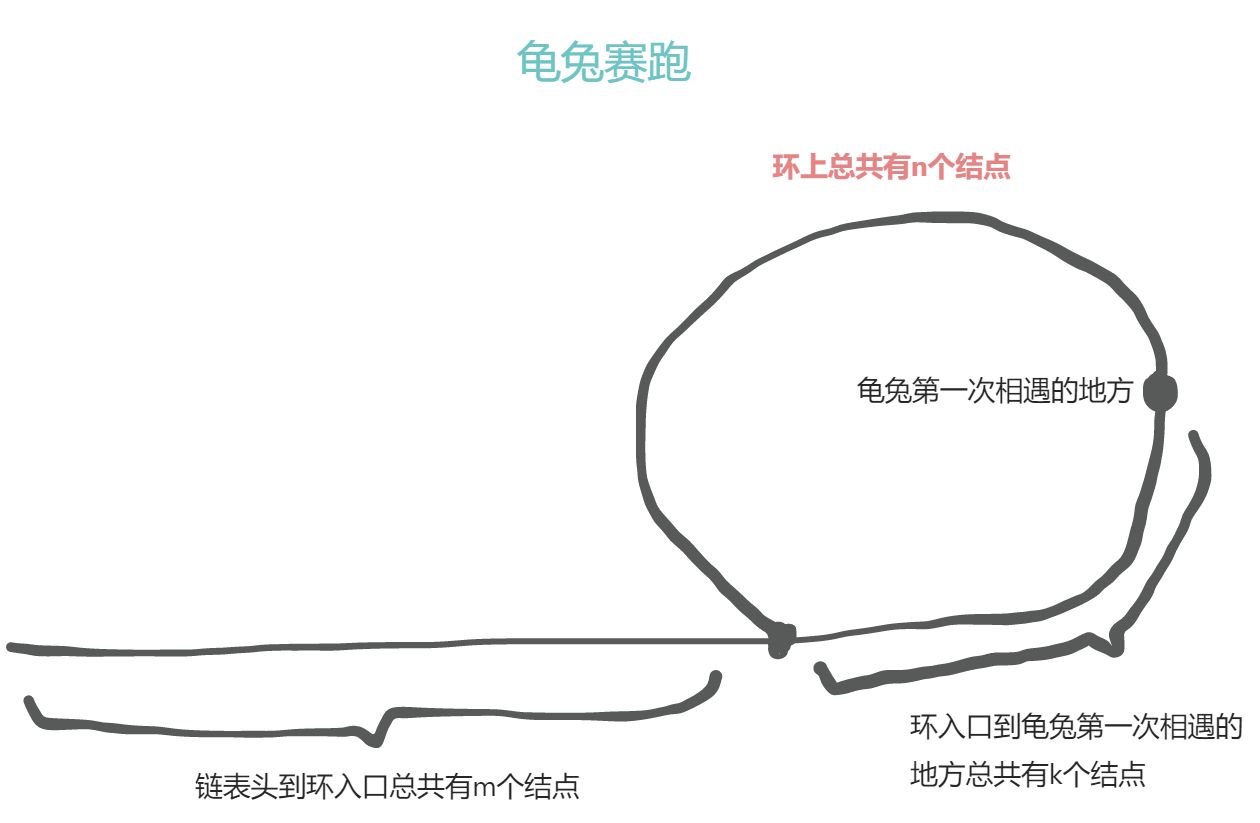package linkedList
import "fmt"
/**
go实现带头单链表基本操作
*/
type ListNode struct {
value interface{}
next *ListNode
}
type LinkedList struct {
head *ListNode
length uint32
}
func NewListNode(v interface{}) *ListNode {
return &ListNode{value: v, next: nil}
}
func (node *ListNode) GetNext() *ListNode {
return node.next
}
func (node *ListNode) SetNext(next *ListNode) {
node.next = next
}
func (node *ListNode) GetValue() interface{} {
return node.value
}
func NewLinkedList() *LinkedList {
return &LinkedList{NewListNode(0), 0}
}
// InsertAfter 在某个节点后面插入节点
func (list *LinkedList) InsertAfter(p *ListNode, v interface{}) bool {
if p == nil || v == nil {
return false
}
newNext := NewListNode(v)
oldNext := p.next
p.next = newNext
newNext.next = oldNext
list.length++
return true
}
// InsertBefore 在某个节点前面插入节点
func (list *LinkedList) InsertBefore(p *ListNode, v interface{}) bool {
if p == nil || p == list.head || v == nil {
return false
}
pre := list.head
cur := list.head.next
for cur != nil {
if cur == p {
break
}
pre = cur
cur = cur.next
}
if cur == nil {
return false
}
newNode := NewListNode(v)
pre.next = newNode
newNode.next = cur
list.length++
return true
}
// InsertToHead 在链表头部插入节点
func (list *LinkedList) InsertToHead(v interface{}) bool {
return list.InsertAfter(list.head, v)
}
// InsertToTail 在链表尾部插入节点
func (list *LinkedList) InsertToTail(v interface{}) bool {
if v == nil {
return false
}
cur := list.head
for cur.next != nil {
cur = cur.next
}
return list.InsertAfter(cur, v)
}
// FindByIndex 通过索引查找节点
func (list *LinkedList) FindByIndex(index uint32) *ListNode {
if index >= list.length {
return nil
}
cur := list.head.next
i := uint32(0)
for ; i < index; i++ {
cur = cur.next
}
return cur
}
// DeleteNode 删除传入的节点
func (list *LinkedList) DeleteNode(p *ListNode) bool {
if p == nil {
return false
}
pre := list.head
cur := list.head.next
for cur != nil {
if cur == p {
break
}
pre = cur
cur = cur.next
}
if cur == nil {
return false
}
pre.next = cur.next
cur = nil
list.length--
return true
}
// Print 打印链表
func (list *LinkedList) Print() {
cur := list.head.next
for cur != nil {
fmt.Printf("%v->", cur.GetValue())
cur = cur.next
}
fmt.Println()
}
链表翻转
新建一个链表,在遍历当前链表的同时用这个新链表来反向记录(往头部新增结点)
// Reverse 链表翻转
func (list *LinkedList) Reverse() {
newList := NewLinkedList()
cur := list.head.next
for cur != nil {
newList.InsertToHead(cur.GetValue())
cur = cur.next
}
list.head.next = newList.head.next
}
删除链表倒数第n个结点
思路:
假设有n个结点,现在要删除倒数第2个结点,即n-1;
我们可以声明快慢指针指向第一个结点,快指针先走2步到第3个结点的位置;
此后快慢结点同时走,每次走一步,慢指针始终落后于快指针2个结点;
那么当快指针走到第n个结点的时候,慢指针处于第n-2个结点,即n-1个结点的前一个结点,此时可以用(n-2).next=(n-2).next.next来删除第n-1个结点。
// DeleteLastN 删除倒数第n个结点
func (list *LinkedList) DeleteLastN(n uint32) bool {
if list.head.next == nil || list.length < n {
return false
}
slow := list.head.next
fast := list.head.next
i := uint32(0)
for ; i < n; i++ {
fast = fast.next
}
if fast == nil {
list.head.next = list.head.next.next
return true
}
for fast.next != nil {
fast = fast.next
slow = slow.next
}
slow.next = slow.next.next
return true
}
找到链表的中间结点
快慢指针2分法
// FindMiddleNode 找到链表的中间结点
func (list *LinkedList) FindMiddleNode() *ListNode {
if list.head.next == nil {
return nil
}
slow := list.head.next
fast := list.head.next
for fast.next != nil && fast.next.next != nil {
fast = fast.next.next
slow = slow.next
}
return slow
}
链表环
检测链表是否有环
// HasCircle 链表是否有环
func (list *LinkedList) HasCircle() bool {
if list.head.next == nil {
return false
}
slow := list.head.next
fast := list.head.next.next
for fast != nil && fast.next != nil {
if slow == fast {
return true
}
slow = slow.next
fast = fast.next.next
}
return false
}
寻找环的入口

乌龟每次移动一步,兔子每次移动两部,那么当龟兔第一次相遇的时候,兔子经过的节点数就是乌龟的两倍,假设这时乌龟已经在环上跑了p圈, 兔子已经在环上跑了q圈,那么就有如下等式:
我们把乌龟放回起点,兔子保持在第一次相遇点不动,同时每次前进一步,当乌龟来到环的入口的时候(经历了m个结点),兔子在环上走了(q-2p)圈-k个结点,从上图可以看出,q-2p圈会让兔子保持在原点,再减去k个结点,则刚好是环的入口,这时龟兔会相遇。
// CircleStart 如果链表有环,找到环的开始位置
func (list *LinkedList) CircleStart() *ListNode {
// 链表无环,直接返回nil
if !list.HasCircle() {
return nil
}
// 找到快慢指针第一次相遇点
slow := list.head.next
fast := list.head.next.next
for fast != nil && fast.next != nil {
if slow == fast {
break
}
slow = slow.next
fast = fast.next.next
}
// slow指针指向链表头
slow = list.head
// 快慢指针以相同速度前进直到相遇
for slow != fast {
slow = slow.next
fast = fast.next
}
return slow
}

